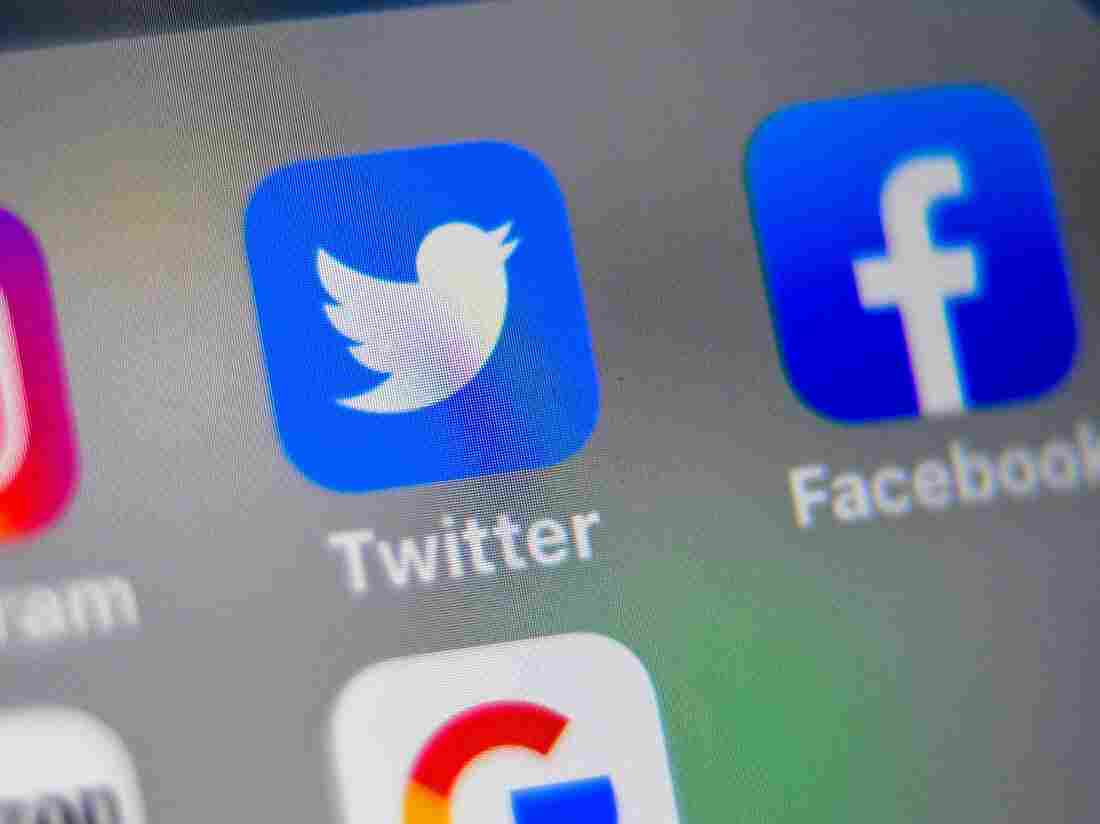Amazon Opens Brick-And-Mortar Stores Meant To Emphasize Convenience
Amazon is opening new stores — in the real world. And in true Big Tech fashion the experience is meant to emphasize convenience. All you need to do is walk in, grab your stuff, and go.
ARI SHAPIRO, HOST:
Amazon’s move from the digital to the physical world started with brick-and-mortar bookshops. Now the company is opening convenience stores. As you would expect, there is a high-tech twist. In these stores, you don’t have to take out your wallet to pay. Cardiff Garcia and Sally Herships from our daily economics podcast The Indicator From Planet Money look at what this development means for the market.
SALLY HERSHIPS, BYLINE: In the new stores, there are no cashiers. There are no checkout counters. You take stuff off the shelf and out of the store. And somehow, Amazon figures out what you have, and it charges you.
CARDIFF GARCIA, BYLINE: Amazon’s system represents a tradeoff that we often make when we use technology. As consumers, we supply our data in return for convenience. When we shop at Amazon and other online retailers, those companies are collecting information on you, which they think they can sell or use to bombard you with targeted ads or ideas for what to buy next.
HERSHIPS: So far, shopping in the real world has been a holdout, right? It’s a place where you can still use cash. You can still buy stuff that maybe you don’t want tracked.
GARCIA: Amazon told us that they only hold onto customers’ data just long enough to send them a receipt. So if humans are no longer checking us out at the register, what’s going to happen to all those jobs – all those cashier jobs? Heidi Shierholz is senior economist at the Economic Policy Institute.
HEIDI SHIERHOLZ: In the early 1800’s, over 80% of our labor market was in agriculture. So if you would have been sort of a futurist at that time, you would have gone, oh, my goodness. We’re going to lose all of these jobs. And you would have, in some ways, been absolutely right.
GARCIA: Instead, they now work in other industries. Heidi says that what we find is that automation has never caused sustained decline in the overall number of jobs. And you might be wondering, how is that possible? Well, think about it. When a company like Amazon uses tech instead of human workers, it can now sell its products more cheaply to consumers, and that starts a process where consumers have more leftover cash to buy other things. And when they buy those other things, that generates economic activity, and that brings new jobs to those sectors.
HERSHIPS: Which brings us to a question – how are small business owners, the kind that often run convenience stores, going to be impacted by Amazon moving in on their turf?
GARCIA: Jonathan Bowles is executive director at the Center for an Urban Future.
JONATHAN BOWLES: We survived 7-Eleven. We survived the expansion of all these national drugstore chains, and now we’ve got to deal with this.
HERSHIPS: Right around the corner from Amazon’s new store is a local deli. It’s a small business. And, Cardiff, you know, they told us they didn’t want to go on tape, but they were not psyched about Amazon. The company represents major competition for them.
BOWLES: When you shop at a bodega or a small business, your money is staying in the community. Oftentimes, that small business or bodega owner is sponsoring a Little League team or being part of the community, investing or spending money on local workers. They’re putting money into the community by spending things that they earn at the business.
GARCIA: Jonathan says that if too many national chains move in and displace small businesses, that could cause another problem.
BOWLES: When it tips too far in that direction – when the unique independent small businesses are so crowded out – it’s just a much less interesting place to be.
HERSHIPS: For now, I think I’m going to head to my local deli for lunch.
Sally Herships.
GARCIA: Cardiff Garcia, NPR News.
SHAPIRO: And we should say Amazon is an NPR sponsor.
Copyright © 2019 NPR. All rights reserved. Visit our website terms of use and permissions pages at www.npr.org for further information.
NPR transcripts are created on a rush deadline by Verb8tm, Inc., an NPR contractor, and produced using a proprietary transcription process developed with NPR. This text may not be in its final form and may be updated or revised in the future. Accuracy and availability may vary. The authoritative record of NPR’s programming is the audio record.





